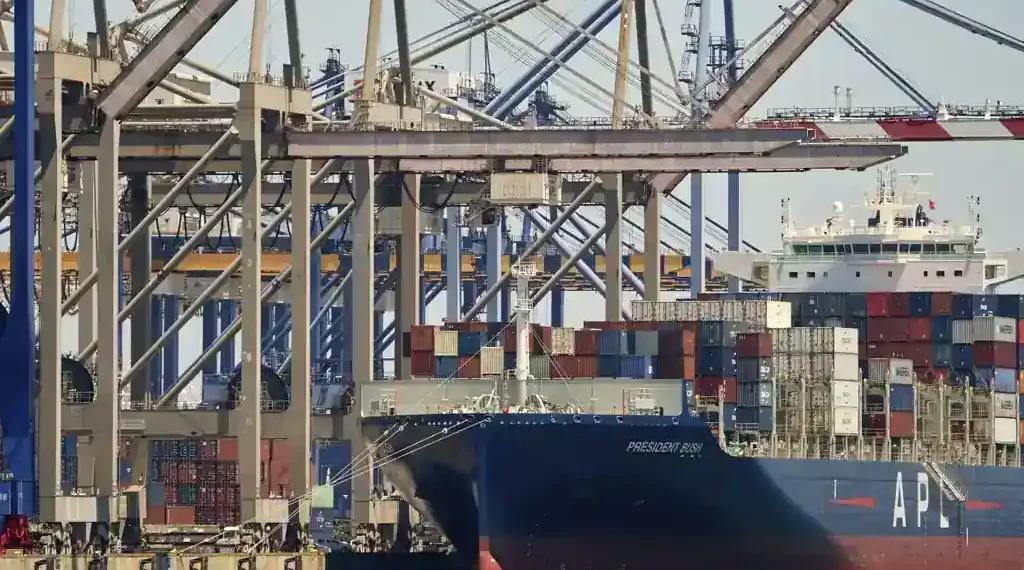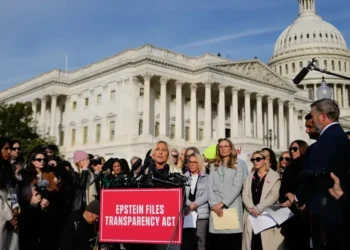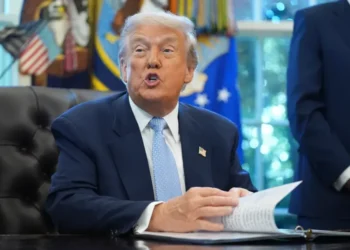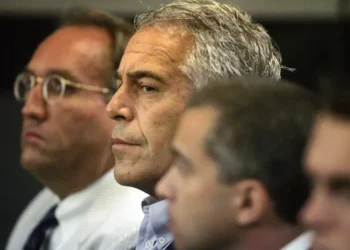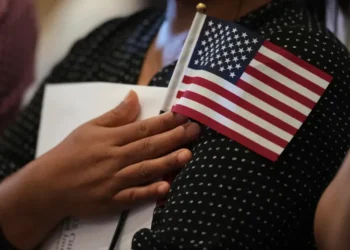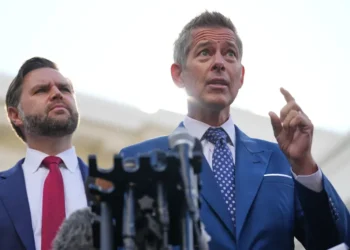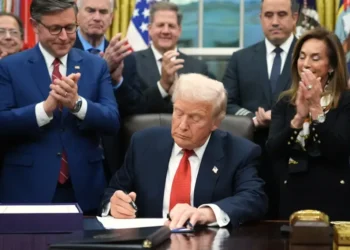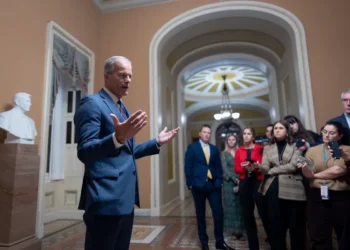Trump’s Tariff Strategy Triggers Global Consequences and Domestic Costs
Writing Time: August 3, 2025, 16:30 (U.S. Eastern Time)
In a sweeping escalation of trade policy, President Donald Trump has imposed a series of tariffs impacting dozens of nations—ranging from developing economies like Laos and Algeria to longtime U.S. allies such as Canada, Japan, and the United Kingdom. While some countries negotiated partial relief by agreeing to Trump’s demands, even they now face significantly higher trade taxes. And for U.S. consumers and businesses, the fallout includes rising prices and mounting legal uncertainty.
A New Trade Order Driven by Presidential Power
President Trump’s actions follow his April 2 declaration of “Liberation Day,” when he invoked a 1977 law to declare America’s trade deficit a national emergency. This maneuver allowed him to bypass Congress and impose tariffs as high as 50% on imports from nations with which the U.S. runs trade deficits, and a 10% “baseline” on nearly all others.
The move has upended decades of multilateral trade norms. Instead of rule-based trade under the World Trade Organization, Trump’s approach has shifted toward unilateral enforcement and economic coercion.
“The biggest winner is Trump,” said Alan Wolff, a former U.S. trade official and ex-deputy director-general of the WTO. “He bet that he could get other countries to the table on the basis of threats, and he succeeded—dramatically.”
Winners, Losers, and the Price of Compliance
While a handful of countries avoided even steeper tariffs by negotiating new terms, the deals still entail significantly higher costs than before.
- The United Kingdom accepted a 10% tariff, up from just 1.3%.
- The European Union and Japan agreed to 15% tariffs, avoiding even higher proposed rates of 30% and 25%, respectively.
- Other nations—including Pakistan, Vietnam, Indonesia, South Korea, and the Philippines—also settled for higher tariffs rather than risk worse outcomes.
Still, even the so-called “winners” are paying more than before.
“In many respects, everybody’s a loser here,” said Barry Appleton, co-director of the Center for International Law at New York Law School.
Developing Nations Bear a Heavy Burden
Countries that did not strike deals, or ran afoul of Trump’s other political grievances, faced even more punitive measures.
- Laos, with a per capita GDP of just $2,100, now faces a 40% import tax.
- Algeria has been hit with a 30% tariff, despite its limited economic engagement with the U.S.
- Lesotho, a small southern African kingdom, saw its tariff reduced to 15% from the initial 50%, but not before suffering early economic disruptions.
Even Taiwan, which negotiated its tariff down from 32% to 20%, is still struggling with the economic impact.
“20% from the beginning has not been our goal,” said Taiwanese President Lai Ching-te. “We hope that in further negotiations we will get a more beneficial and more reasonable tax rate.”
Political Motivations Drive Selective Punishments
Some tariff hikes appear to be driven more by geopolitics than by trade imbalances.
- Brazil was slapped with a 50% tariff, reportedly due to Trump’s dissatisfaction with its treatment of former President Jair Bolsonaro.
- Canada received a 35% tariff following its statement in support of recognizing a Palestinian state—an issue where Trump strongly backs Israeli Prime Minister Benjamin Netanyahu.
- Switzerland, despite its longstanding neutrality, saw its tariff raised to 39%, exceeding Trump’s original 31% proposal.
“The Swiss probably wish that they had camped in Washington to make a deal,” said Wolff, now a senior fellow at the Peterson Institute for International Economics.
Legal Challenges and the Fight Over Executive Authority
Trump’s sweeping use of emergency powers has prompted legal backlash. Five U.S. companies and twelve states are suing the administration, arguing the 1977 law does not grant the president such expansive tariff-setting authority.
In May, the U.S. Court of International Trade sided with the challengers and blocked the tariffs, though allowed the government to continue collecting them pending appeal.
During a hearing this week, the U.S. Court of Appeals for the Federal Circuit expressed skepticism over the administration’s justification, making it likely that the case could reach the Supreme Court.
“If [the tariffs] get struck down, then maybe Brazil’s a winner and not a loser,” said Appleton.
Domestic Consumers and Businesses Feel the Squeeze
While tariffs are levied on foreign goods, the financial burden is mostly shouldered by American importers—and by extension, U.S. consumers.
According to economists at Goldman Sachs, overseas exporters absorb only about 20% of the added costs. The remaining 80% falls on U.S. buyers, including companies like Walmart, Best Buy, Nike, and Procter & Gamble, all of which have raised prices in response.
“This is a consumption tax, so it disproportionately affects those who have lower incomes,” Appleton said. “Sneakers, knapsacks, appliances, video games—all of those are going to cost more because none of them are made in America.”
Historic Tariff Levels and Rising Household Costs
Trump’s tariffs have driven the average U.S. import tax from 2.5% at the start of 2025 to 18.3%, the highest since 1934, according to the Budget Lab at Yale University.
That increase is projected to cost the average U.S. household $2,400 per year, significantly affecting middle- and lower-income families.
“The U.S. consumer’s a big loser,” Wolff emphasized.
Looking Ahead: Uncertainty Reigns
As legal challenges proceed and trade partners consider their next moves, the future of Trump’s tariff regime remains unclear. What is evident, however, is that the global economic landscape has been dramatically reshaped—with no guarantees of long-term gains for any party involved.
Even among countries that secured deals, frustration is evident. Many are left questioning whether the concessions they made will pay off or merely delay further economic strain. Meanwhile, U.S. consumers and businesses continue to shoulder rising costs without any clear end in sight.
This article was rewritten by JournosNews.com based on verified reporting from trusted sources. The content has been independently reviewed, fact-checked, and edited for accuracy, neutrality, tone, and global readability in accordance with Google News and AdSense standards.
All opinions, quotes, or statements from contributors, experts, or sourced organizations do not necessarily reflect the views of JournosNews.com. JournosNews.com maintains full editorial independence from any external funders, sponsors, or organizations.
Stay informed with JournosNews.com — your trusted source for verified global reporting and in-depth analysis. Follow us on Google News, BlueSky, and X for real-time updates.
